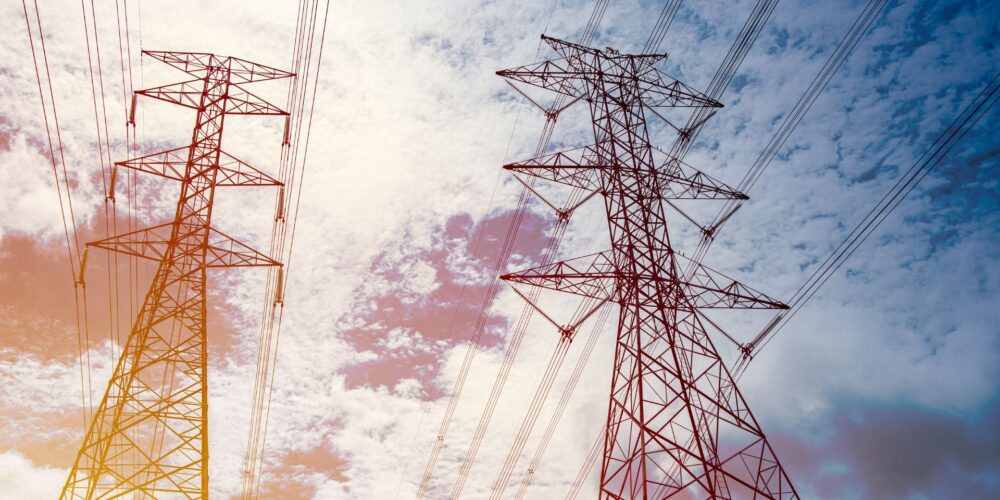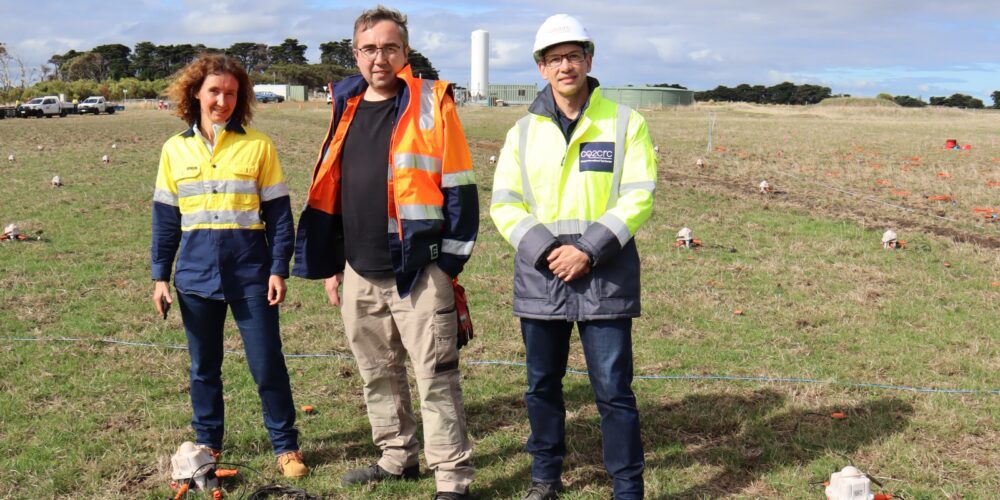Overhead vs underground: Rewiring Australia for renewable energy goals

A new report by Curtin University and The University of Queensland has provided insights into the trade-offs between overhead and underground transmission lines and the challenges of expanding Australia’s grid for renewable energy initiatives.
The federal government has set a goal of more than 80 per cent of electricity coming from renewable energy by 2030, and one of the key pillars of this transition is the expansion of the grid to connect regional wind and solar projects, which involves new or upgraded transmission lines.
Released today, the ‘Comparing High Voltage Overhead and Underground Transmission Infrastructure’ report delves into the complexities of this endeavour, recognising the technical, economic, environmental and social constraints that impact society’s response.
Report lead author and Director of the Curtin Institute for Energy Transition Professor Peta Ashworth said the research underscores the need for increased public understanding of why new transmission infrastructure is needed and the trade-offs involved.
“While the decarbonisation of Australia’s energy system is a global imperative, an informed and engaged public is crucial to ensuring fairness and understanding during this transformative journey,” Professor Ashworth said.
“Our research makes it clear that without strategic grid expansion, a successful transition to an eco-friendly economy is at risk and navigating the challenges ahead requires strong leadership, community involvement and fair consideration of all stakeholders.”
The report foreshadowed a growing debate about what the grid expansion means for the natural landscape, farming practices, property values and tourism – all common issues emerging from the case studies.
But the research found arguments made for the advantages of underground lines such as environmental, aesthetics or reduced maintenance were not sufficient in people’s minds to overcome the issues surrounding cost. Some of the views expressed by Queensland focus group participants included:
“We’ve got wide spaces and a huge amount of countryside and obviously [for the costs involved] to be putting in underground power lines in, you know, the middle of the outback would be absolutely ridiculous.”
“I think the problem is that we only have limited of money to spend, whether it’s at the state, local or federal level. So if someone said we can either put everything underground the ground or we can have free public healthcare for all, Australia, I’ll probably go preferably healthcare.”
The report found it is difficult to ascertain the capital cost of underground compared to overhead transmission infrastructure due to the lack of recent projects, as well as current global and local economic factors with cost ratios varying from 3 to 20 depending on construction type, route length and specific project factors.
Co-author Professor Tapan Saha from The University of Queensland’s School of Electrical Engineering and Computer Science said the report also found from a technical standpoint, high voltage alternating current (HVAC) underground cable transmission, while feasible, is limited to relatively short lengths due to the high electrical capacitance of transmission cables. High voltage direct current (HVDC) transmission can be considered as a viable option for long point to point connections and other specific applications.
“The challenges of underground cable transmission are rooted in the significant charging currents associated with their highly capacitive characteristics and reactive power compensation plants are necessary to mitigate the resultant energy losses, making this option economically demanding,” Professor Saha said.
“But overseas experience shows to gain public acceptance and regulatory approvals, undergrounding certain sections of transmission lines was necessary in specific locations, particularly urban and environmentally significant areas.”
Despite the cost considerations, many study participants were looking for outcomes that can strike a balance between differing interests and priorities.
“I feel that everything needs a nice, even balance. You use overhead where it’s going to be more cost effective and you use underground where it’s going to be more efficient. And I think that, you know developers, if they’re working smart, they will deliver in a way that is environmentally friendly, is cost effective, but also it is going to keep the cost down and keep the power on.”
Professor Ashworth said while there is no one size fits all answer, involving both project developers and communities in open discussions can help to build trust in the process and more successfully lead to the identification of a preferred option.
“Our mission is to facilitate a sustainable energy transition that ensures fairness and understanding in embracing these challenges, and by engaging our communities to foster an improved understanding of the trade-offs, we can pave the way to a climate-friendly future,” Professor Ashworth said.
Key conclusions:
- Transmission infrastructure projects are facing several challenges because of global and national factors such as increasing costs, availability of skilled labour, supply risks and delays in gaining approvals.
- Alternating current overhead transmission lines have been proven worldwide over a long period of time to be the lowest cost system for safe and reliable delivery of large amounts of energy over long distances.
- High voltage alternating current underground cable transmission is feasible only for relatively short route lengths (around 50 kilometres for 500kV) due to high electrical capacitance, necessitating a reactive power compensation plant to mitigate energy losses.
- International case studies show to gain public acceptance and regulatory approvals, undergrounding some short sections of up to 20 kilometres was necessary in certain locations such as urban areas and those of environmental significance or natural beauty.
- The comparative cost ratio of underground to overhead construction varies from 3 to 20 depending on the type of construction, route length and project specific factors.
- High voltage direct current (HVDC) overhead and underground transmission is used where there is a requirement for a point to point connection over long distances. Its main disadvantage is the requirement for large and expensive AC/DC converter stations at terminal points.
- In general, HVDC transmission becomes economically viable for very long route lengths (e.g >700km when compared to 500kV AC) or for specific applications such as submarine cables providing interconnection between two different systems, regions or land masses.
- There is a need for increased public understanding of the importance of new transmission infrastructure, including its impact on state capital borrowings and electricity bills.
This research was funded by Powerlink, a government owned corporation that develops, operates and maintains the high voltage electricity transmission network in Queensland.
It is important to consider that participants in the focus groups were from communities in Queensland and were not directly impacted by current or proposed transmission line developments.
The final report is available here.



